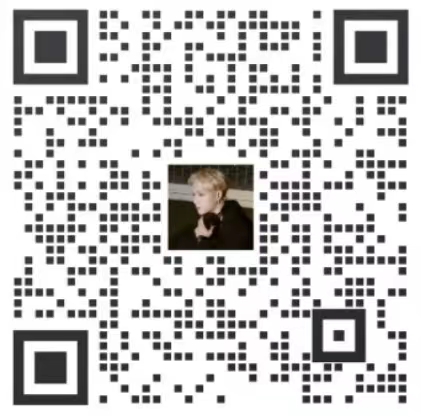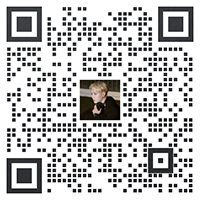名词的数
名词可以分为专有名词(Proper Nouns)和普通名词 (Common Nouns):
专有名词是某个(些)人,地方,机构等专有的名称,如 Beijing ,China 等。
普通名词是一类人或东西或是一个抽象概念的名词,如:book,sadness 等。

普通名词又可分为下面四类:
1) 个体名词(Individual Nouns):表示某类人或东西中的个体,如:gun。
2) 集体名词( Collective Nouns):表示若干个个体组成的集合体,如:family。
3) 物质名词(Material Nouns) :表示无法分为个体的实物,如:air。
4) 抽象名词(Abstract Nouns ):表示动作、状态、品质、感情等抽象概念
个体名词和集体名词可以用数目来计算,称为可数名词(Countable Nouns),物
质名词和抽象名词一般无法用数目计算,称为不可数名词(Uncountable Nouns)
其他名词复数的变化
1.以 y 结尾的专有名词,或元音字母+y 结尾的名词变复数时,直接加 s 变复数:
如:two Marys;the Henrys ;monkey---monkeys;holiday---holidays 比较:
层楼:storey ---storeys;故事:story---stories
2.以 o 结尾的名词,变复数时:
a. 加 s,
如:photo---photos;piano---pianos;radio---radios;zoo---zoos;
b. 加 es,
如:potato—potatoes;tomato—tomatoes
c. 均可,
如:zero---zeros / zeroes
3. 以 f 或 fe 结尾的名词变复数时:
a. 加 s,
如:belief---beliefs;roof---roofs
b. 去 f, fe 加 ves,
如:half---halves; knife---knives;leaf---leaves;wolf---wolves; wife---wives;
life---lives;thief---thieves;
c. 均可,
如:handkerchief:
名词复数的不规则变化
1.child---children ; foot---feet ; tooth---teeth ; mouse---mice ; man---men ;
woman---women
注意:与 man 和 woman 构成的合成词,其复数形式也是 -men 和-women。
如:an Englishman,two Englishmen. 但 German 不是合成词,故复数形式为
Germans;Bowman 是姓,其复数是 the Bowmans。
handkerchiefs / handkerchieves
safe---safes;gulf---gulfs;
2.单复同形如:deer,sheep,fish,Chinese,Japanese, yuan,但除人民币元、
角、分外,美元、英镑、法郎等都有复数形式。
如: a dollar, two dollars; a meter, two meters
3.集体名词,以单数形式出现,但实际为复数。
如:people;police;cattle 等本身就是复数,不能说 a people,a police,a cattle,
但可以说 a person, a policeman,a head of cattle, the English,the British,
the French,the Chinese,the Japanese,the Swiss 等名词,表示国民总称时,
作复数用。
如:The Chinese are industries and brave.中国人民是勤劳勇敢的。
4.以 s 结尾,仍为单数的名词,
a. maths,politics,physics 等学科名词,为不可数名词,是单数。
b. news 是不可数名词。
c. the United States ,the United Nations 应视为单数。
The United Nations was organized in 1945.
联合国是 1945 年组建起来的。
d. 以 复 数 形 式 出 现 的 书 名 , 剧 名 , 报 纸 , 杂 志 名 , 也 可 视 为 单 数 。
"The Arabian Nights" is a very interesting story-book.
一千零一夜>>是一本非常有趣的故事书。
5.表示由两部分构成的东西,
如:glasses (眼镜)trousers, clothes 若表达具体数目,要借助数量词 pair(对,
双);suit(套); a pair of glasses; two pairs of trousers
6) 另外还有一些名词,其复数形式有时可表示特别意思,
如 :goods 货 物 , waters 水 域 , fishes ( 各 种 ) 鱼
前方高能
1. man, woman, gentleman 等作定语时,其单复数以所修饰的名词的单复数而定。
如:men workers;women teachers; gentlemen officials
2. 数词+名词作定语时,这个名词一般保留单数形式。
如:two-dozen eggs 两打/(二十四个鸡蛋)
a ten-mile walk 十里路
two-hundred trees 两百棵树
a five-year plan.一个五年计划
3. 不同国家的人的单复数
中国人 the Chinese; a Chinese; two Chinese
澳大利亚人 the Australians; an Australian ;two Australians
日本人 the Japanese; a Japanese; two Japanese
美国人 the Americans; an American; two Americans
印度人 the Indians; an Indian; two Indians
德国人 the Germans; a Germans; two Germans
英国人 the English; an Englishman; two Englishmen
名词格
1. 表示有生命的+’s
Mary’s mother 玛丽的妈妈; my brother’s car 我弟弟的车。
the students’°book 学生用书; the teachers’°office 老师的办公室
2. 表示无生命或低等动物+of
the door of the room 房间的门
the cover of the book 书的封面
3. 表示时间、距离、重量、集体、世界、地点、价值等无生命的名词,也可用’s
构成所有关系。
today’s newspaper 今天的报纸; twenty minutes’°walk 二十分钟的路程;
one pound’s weight 1 磅的重量;
名词的主谓一致性
1. all 指人时,动词用复数;all 指物时,动词用单数.
例如: "All are present and all is going well." 所有人全部到场了,一切进展顺
利。
2. and 连接的两个单数名词前若用 each ,every ,no 修饰,该名词短语作主语时,
谓语动词用单数形式。
例如:No book and no pen is found in the schoolbag.书包里没有书和钢笔.
3. 就远原则,很重要。当主语后面有
as well as ,with ,along with ,together with ,but ,like ,rather than ,except,逗号
加 and 连接几个名词等引导的短语时,谓语动词要与最前面的主语保持一致.
例如:My father as well as his workmates has been to Beijing. 我父亲和他的
同事曾去过北京.
4. 就近原则,很重要。"there be+句型; or ; either
whether…or;not…but; not only…but also
Neither you nor I am wrong . 你和我都没错。
There is a book and some pencils on the desk.
5. 以-ics 结尾的学科名词,如 politics ,physics ,mathematics 等作主语时,谓语动
词用单数.以-s 结尾的名词 news ,works ,plastics 等同属此类.
例如:Politics is now taught in all schools. 现在各学校都开设政治课.
or;nor; neither…nor;
【结尾】以上就是关于“湖南专升本英语语法一网打尽,这次拿到满分”的信息,考生想了解更多关于湖南专升本常见问题、统考动态、招生简章、招生院校、招生专业、考试大纲等信息,如还有不懂可扫码右侧二维码加入【湖南专升本考试交流群】或【在线咨询老师】,敬请关注我们吧!

湖南专升本声明
(一)由于考试政策等各方面情况的不断调整与变化,本网站所提供的考试信息仅供参考,请以权威部门公布的正式信息为准。
(二)本网站在文章内容来源出处标注为其他平台的稿件均为转载稿,免费转载出于非商业性学习目的,版权归原作者所有。如您对内容、版权等问题存在异议请于我们联系,我们会及时处理。
文章来源于网络,如有侵权,请联系删除



























 福利领取
福利领取  成考报名
成考报名  国开报名
国开报名  教师资格证
教师资格证  专升本报名
专升本报名  自考报名
自考报名 





